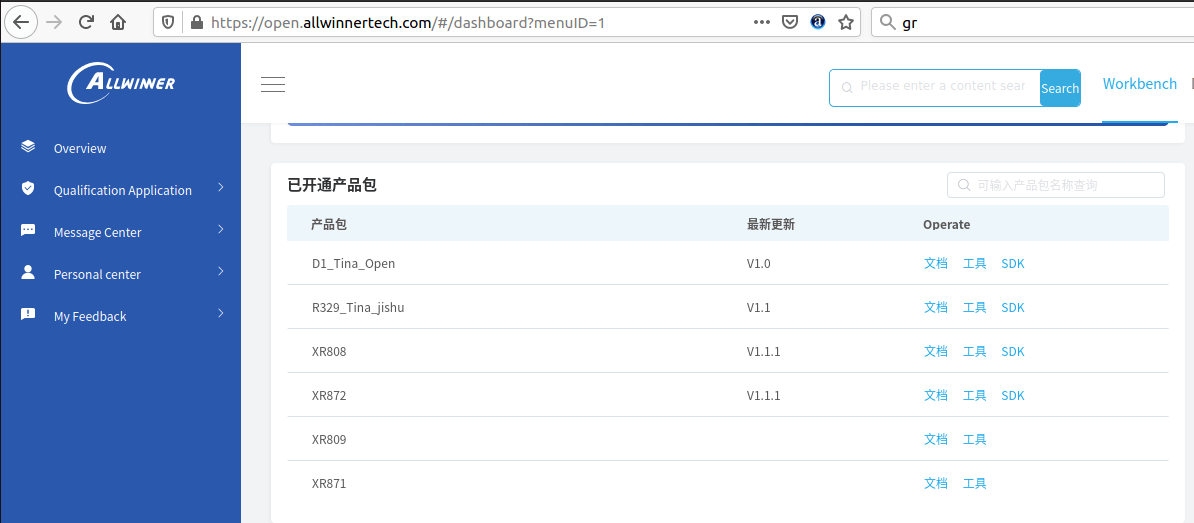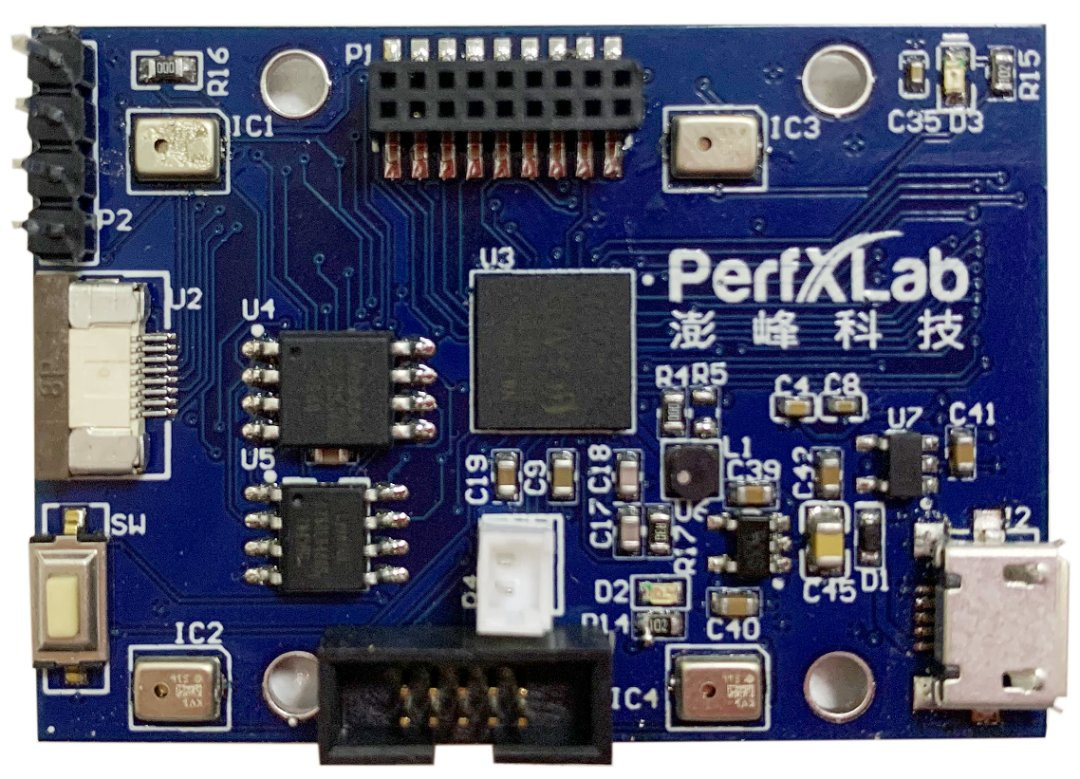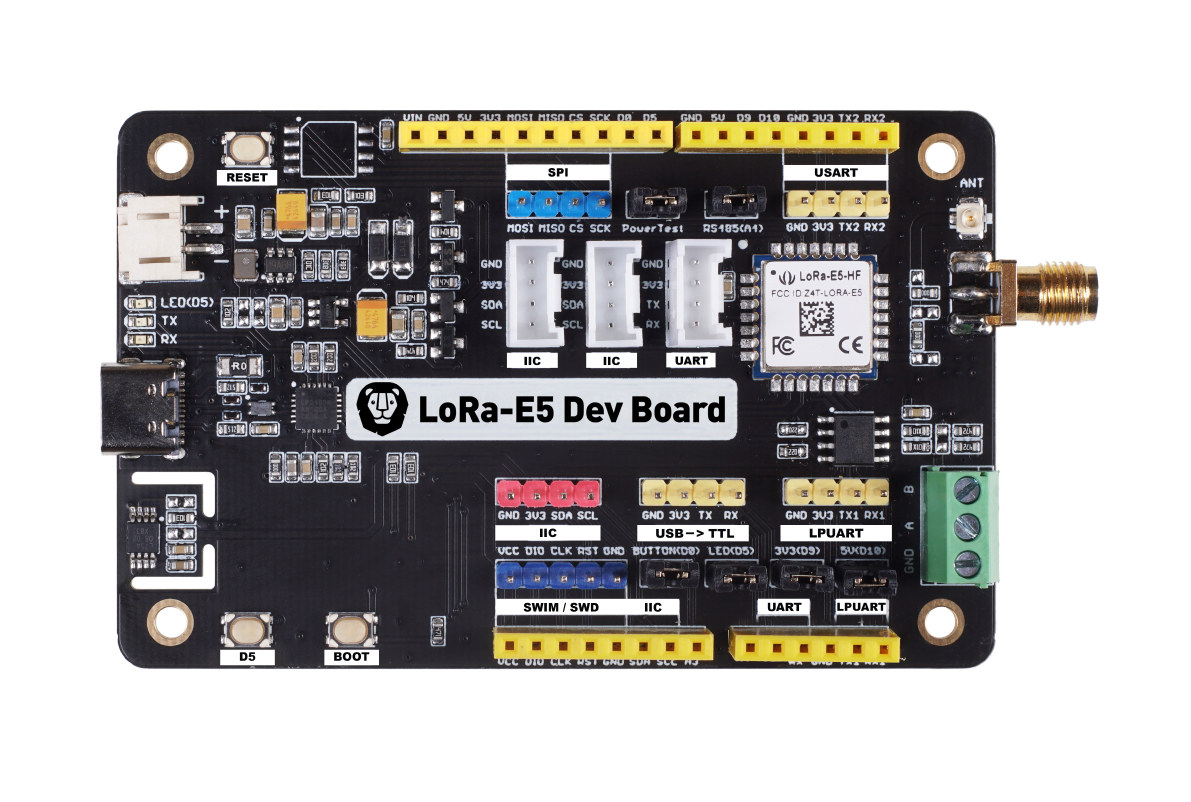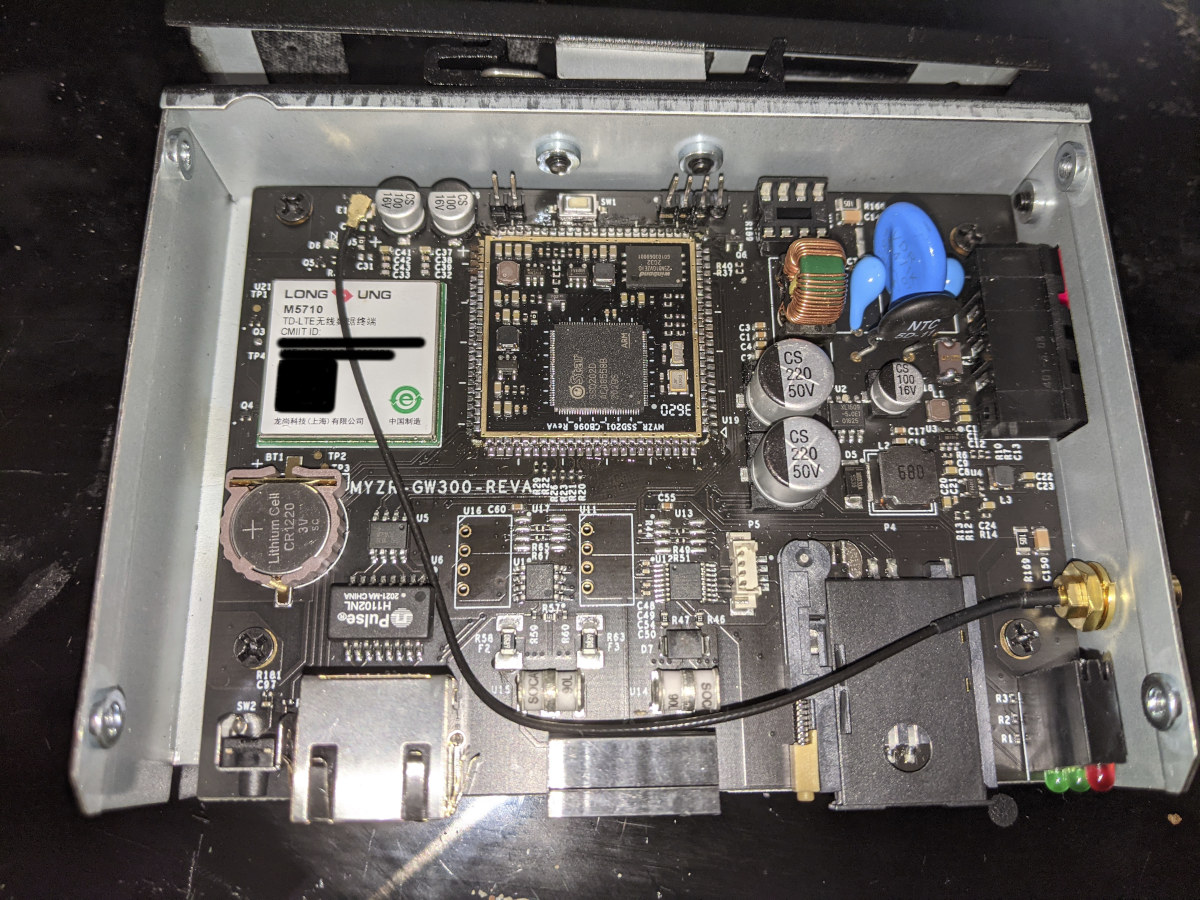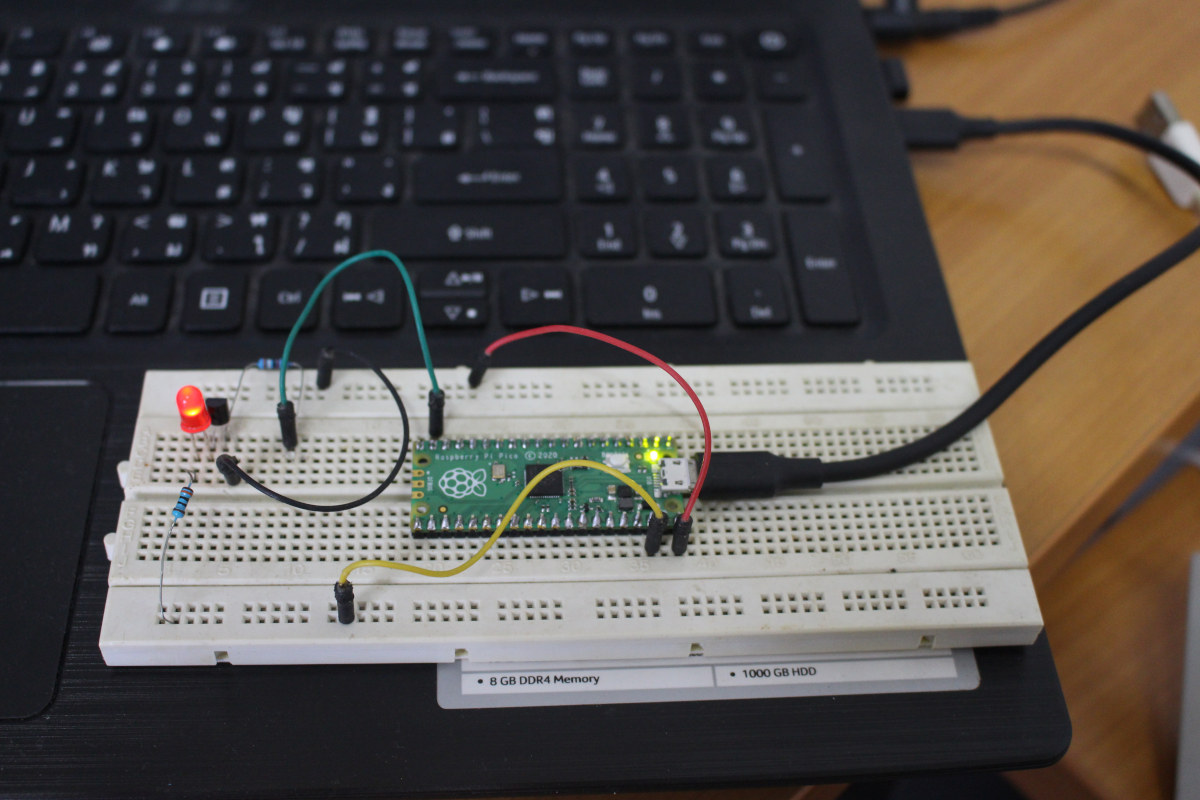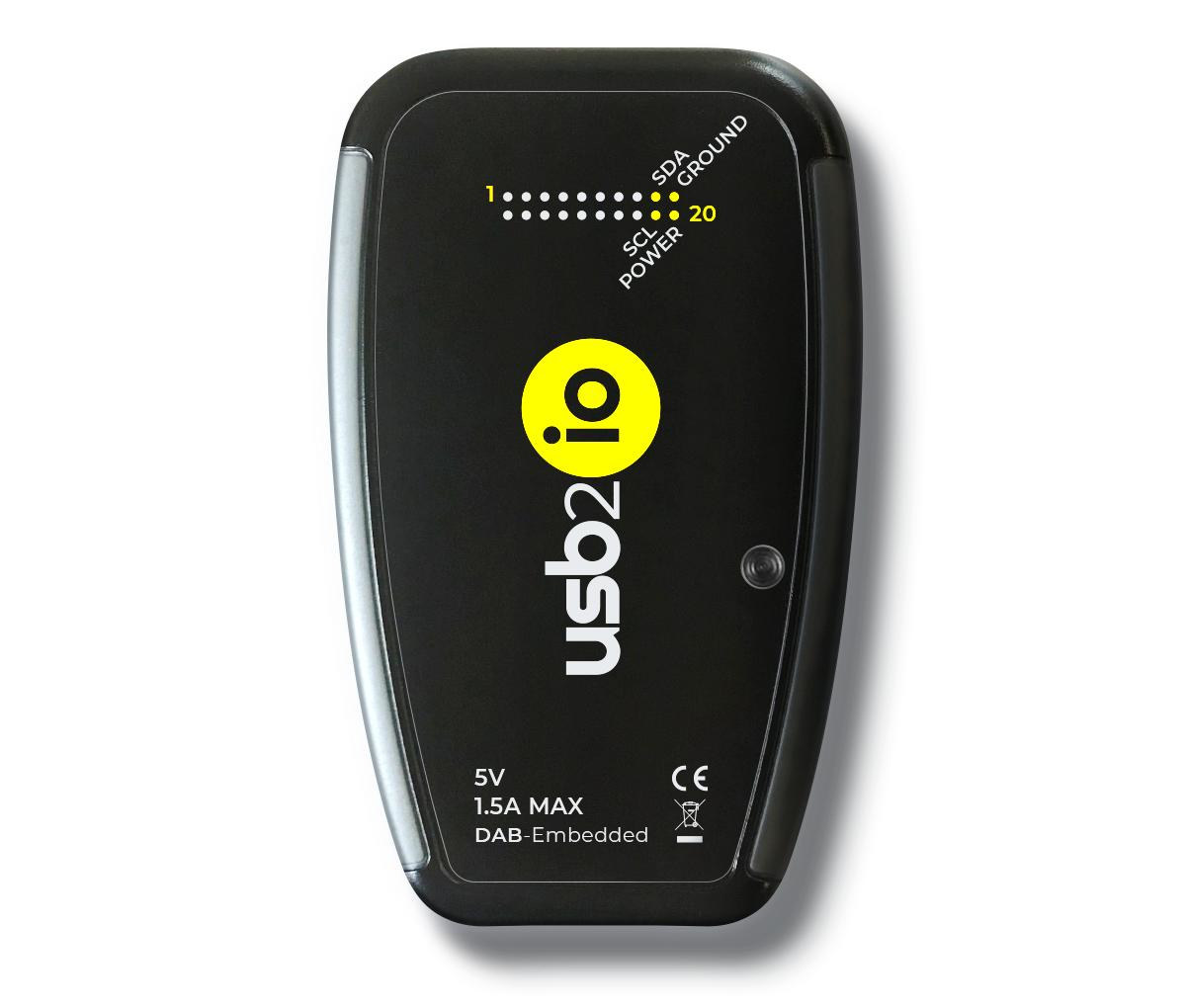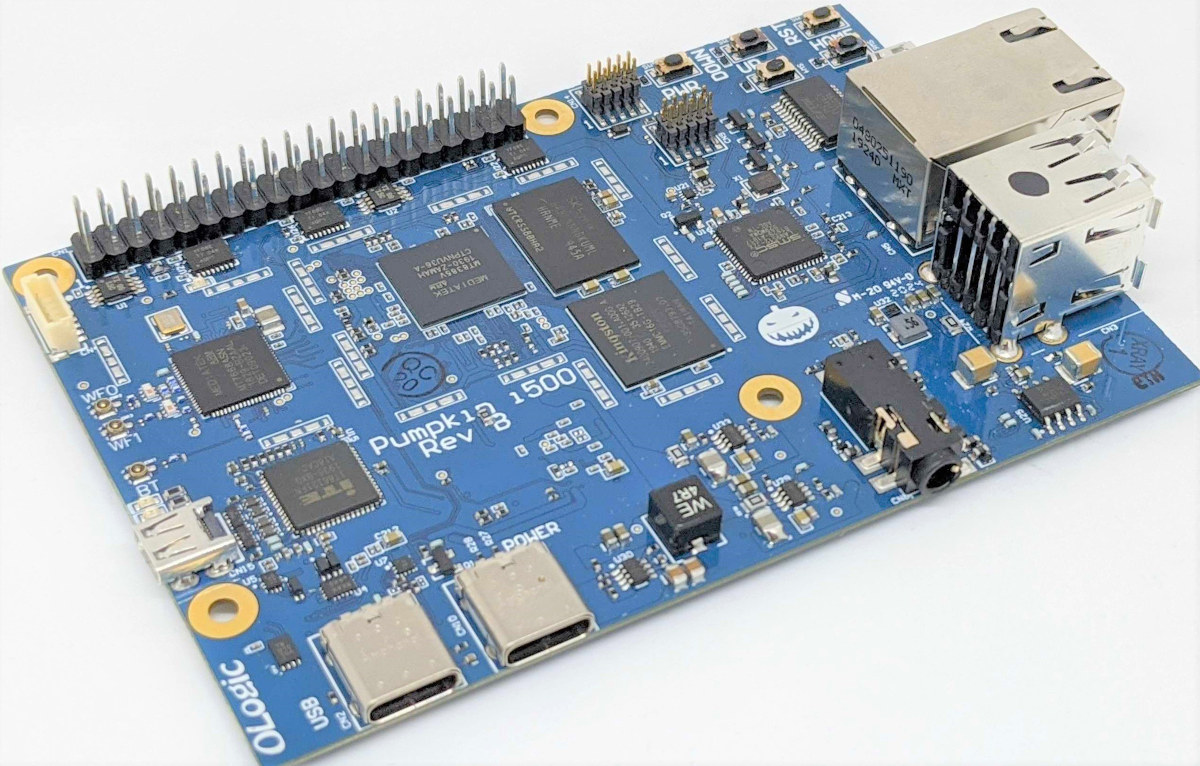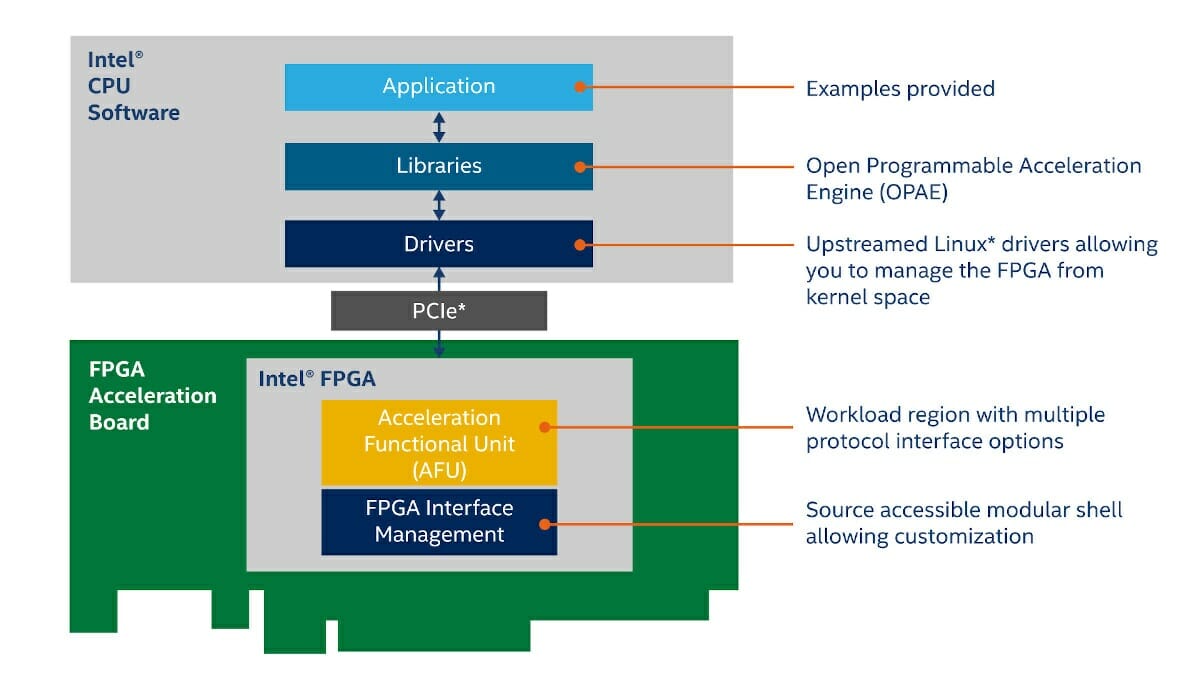We published information about Allwinner D1 SBC and processor a few weeks ago. The news was pretty interesting as it’s the first RISC-V processor from the company, and one of the first affordable RISC-V SBC. But all we had at the time was hardware information from a leak, or rather from China-only Allwinner developer website. But now the company has added more information to its open-source development website with the release of documentation, now only in Chinese, as well as the Allwinner D1 Tina SDK. Eventually, there should be a better SDK via linux-sunxi community and some are already working on the Allwinner D1 SBC, but let’s try to get the SDK from Allwinner and build the code from source using the documentation. First, you’d need to register on Allwinner open-source website and click on signup. You’ll probably want to select Email registration. Now fill your username, select a country, […]
Perf-V Beetle board features GAP8 multi-core RISC-V AI MCU
GreenWaves Technologies introduced the GAP8 low-power RISC-V IoT processor optimized for artificial intelligence applications in 2018. The multi-core (8+1) RISC-V processor is especially suitable for image and audio algorithms including convolutional neural network (CNN) inference. The same year, the company launched the GAPUINO development kit that sold and (still sells) for $229 with QVGA camera and a multisensor board with four microphones, an STMicro VL53 Time of flight sensor, an IR sensor, a pressure sensor, a light sensor, a temperature & humidity sensor, and a 6-axis accelerometer/gyroscope. But there’s now a much more affordable solution to evaluate GAP8 multi-core RISC-V MCU with PerfXLab Perf-V Beetle board. Perf-V Beetle board specifications: MCU – GAP8 IoT Application Processor with 8x RISC-V compute cores, 1x RISC-V fabric controller core delivering up to 200 MOPS at 1mW and >8 GOPS at a few tens of mW System Memory – 64 Mbit SPI SRAM (LY68L6400SLIT) […]
STM32WL based LoRa-5E development kits go for $19.90 and up
The LoRa-E5 STM32WL module we covered last month can now be found in two LoRaWAN development kits from Seeed Studio with the ultra-compact LoRa-E5 mini board, and the Arduino UNO shaped LoRa-E5 board with more I/Os. Both boards support the LoRaWAN protocol with global frequencies and can achieve a transmission range of up to 10 km with ultra-low power consumption. LoRa-E5 and LoRa-E5 mini specifications: LoRa connectivity LoRa-E5 modules based on STM32WLE5JC SoC with Arm Cortex-M4 MCU @ 48 MHz with 256 KB flash memory, 64 KB SRAM, SX126x LoRa radio Modulations – LoRa, (G)FSK, (G)MSK, BPSK Operating frequencies – 868/915MHz (EU868, US915, AU915, AS923, KR920, IN865) Output power – up to +20.8 dBm at 3.3V Rx sensitivity – -116.5 dBm to -136 dBm Protocol – LoRaWAN SMA-K and IPEX antenna connectors USB – 1x USB Type-C port for power and programming I/Os LoRa-E5 mini – 2x 12-pin through-hole and […]
SigmaStar SSD201/SSD202 powered 4G LTE industrial gateway made to run mainline Linux
SigmaStar SSD201 is a dual-core Cortex-A7 processor with 64MB RAM onchip that is designed for smart HD displays. We’ve previously seen it in Industio 7-inch smart display running Linux, but if you want to modify anything you’d need sign an NDA before getting the SDK. Luckily there’s an open-source community named linux-chenxing that aims to bring mainline support to those low-cost SigmaStar processor to mainline, the same way linux-sunxi is working on Allwinner processors. Daniel Palmer noticed MYZR recently launched GW300 4G LTE industrial gateway with specifications that looked familiar. GW300 specifications from manufacturer’s website: Processor – Arm Cortex-A7 dual-core processor @ 1.2GHz Memory – 64MB RAM Storage – 128MByte Flash Connectivity – Ethernet and 4G LTE with high-gain antenna Serial – RS485/ RS232 via 5-pin terminal block Misc – RTC Power Supply – 12V to 24V DC input Dimensions – 127.7 x 87.5 x 30 mm Temperature Range – […]
Getting Started with Raspberry Pi Pico using MicroPython and C
Raspberry Pi Pico board was just launched last Thursday, but thanks to Cytron I received a sample a few hours after the announcement, and I’ve now had time to play with the board using MicroPython and C programming language. I went to the official documentation to get started, but I had to look around to achieve what I wanted to do, namely blinking some LEDs, so I’ll document my experience with my own getting started guide for Raspberry Pi Pico using a computer running Ubuntu 20.04 operating system. The instructions will be similar for Windows and Mac OS. Preparing the hardware In theory, we could just get started with the board alone, but since I got some headers with my board, I also took the opportunity to try out Pine64 Pinecil soldering iron powered by MINIX NEO P2 USB-C power supply. The soldering iron worked great for about one minute, […]
USB2IO high-speed interface explorer tool combines Intel Cyclone 10 FPGA and STM32H7 MCU
In the second part of 2020, we’ve seen a fair amount of USB debugging tools for electronics designers and hardware hackers including the Glasgow Interface explorer with an ICE40 FPGA. But if you need even more flexibility or higher I/O speeds (up to 300 MHz), DAB Embedded USB2IO interface explorer should help thanks to the combination of an STMicro STM32H7 MCU and an Intel Cyclone 10 FPGA. USB2IO interface explorer hardware specifications: MCU – STMicro STM32H743 Arm Cortex-M7 @ 480MHz CPU clock An external 64MB QSPI flash for extra FPGA code storage; FPGA – Intel Cyclone 10LP (10CL040) with 40k logic elements, 1,134 Mbit embedded memory, 126 DSP blocks External memory – 32MB SDRAM for MCU and FPGA (64MB in total) Storage – 64MB QSPI for connected to MCU for FPGA code storage I/Os via 20-pin external header/connector 16 x GPIO mode (single-ended), 8x LVDS pair mode or a mix […]
Pumpkin i500 SBC uses MediaTek i500 AIoT SoC for computer vision and AI Edge computing
MediaTek Rich IoT SDK v20.0 was released at the beginning of the year together with the announcement of Pumpkin i500 SBC with very few details except it would be powered by MediaTek i500 octa-core Cortex-A73/A55 processor and designed to support computer vision and AI Edge Computing. Pumpkin i500 hardware evaluation kit was initially scheduled to launch in February 2020, but it took much longer, and Seeed Studio has only just listed the board for $299.00. We also now know the full specifications for Pumpkin i500 SBC: SoC – MediaTek i500 octa-core processor with four Arm Cortex-A73 cores at up to 2.0 GHz and four Cortex-A53 cores, an Arm Mali-G72 MP3 GPU, and dual-core Tensilica Vision P6 DSP/AI accelerator @ 525 MHz System Memory – 2GB LPDDR4 Storage – 16GB eMMC flash Display – 4-lane MIPI DSI connector Camera – Up to 25MP via MIPI CSI connector Video Decoding – 1080p60 […]
Intel unveils eASIC N5X Structured ASIC, and the Open FPGA Stack
Intel’s virtual FPGA Technology Day 2020 is taking place today, and the company made two announcements before the event. First, the company introduced the new Intel eASIC N5X structured eASIC family with an Intel FPGA compatible hard processor system to design to quickly create applications across 5G, artificial intelligence, cloud, and edge workloads. In addition, Intel also announced the Intel Open FPGA Stack (aka Intel OFS), a scalable, open-source (intel calls it “source-accessible”) hardware and software infrastructure available through git repositories design to ease the work of hardware, software, and application developers. Intel eASIC N5X eASIC N5X is the first structure ASIC from the company to integrate an Intel FPGA compatible Quad-core Armv8 hard processor system. The new chips will help customers bring custom solutions faster to market compared to traditional ASICs thanks to the FPGA fabric, and at a cheaper cost and with up to 50% lower core power […]


